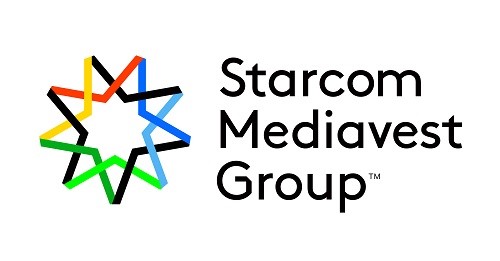The Foundation Fighting Blindness shows the effects
As a non-profit organization, the FFB has been funding groundbreaking research to eradicate macular degenerative diseases causing blindness for 41 years.
The problem facing the FFB was that it was, well, invisible. To increase visibility — and donations — Starcom led the organization's first-ever awareness campaign with all media, PR, creative, production and research done pro bono.
Targeting Boomers, the demographic most likely experiencing the devastation of macular degeneration themselves or know someone affected, the campaign aimed to disrupt people's expected content experiences by temporarily giving them the feeling of blindness — while still ensuring hope.
The campaign launched with a media/creative/PR first, created with Shaw Media, whereby during live TV (Global's The Morning Show) the viewer experienced a blurred image of the show's regular content over which the host said, "There's nothing wrong with your TV. That's what it's like to live with something called Retinitis Pigmentosa" and then introduced a blind FFB spokesperson for an entire segment dedicated to the devastation of blindness and the hope FFB provides.
This disruptive effect was executed in Quebecor Media's The Hockey News, its Style At Home tablet edition and on Captivate's elevator screens.
To further give people the devastating feeling of blindness, Starcom worked with its client Kellogg's and Shaw Media for another advertising first, disrupting an expected content experience by creating a completely blackening effect over-top an actual national Mini-Wheats brand TV ad.
The partnership with Shaw Media deepened as it created two 15-second brand spots, designed wholly to amplify the message of hope, without the blacked-out content.
Unaided awareness for the foundation grew by 129% while all other sight-related organizations' awareness levels remained flat. Aided awareness grew six times versus pre-campaign measure.
During the campaign, weekly Twitter mentions of FFB grew on average 2.8 times versus non-campaign weeks while average monthly Twitter impressions grew 16%.
Most importantly, the number of daily donations to the FFB grew by 78%.













